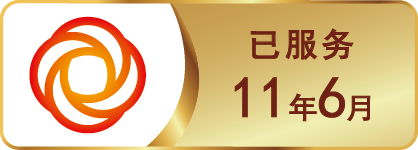"Russian fish caught in the morning would be served at the lunch table of Chinese, and it is not a dream," said Maxim Kareyev, a veteran fisherman in Vladivostok, Russia's Far East.
More and more seafoods, particularly shrimps and lobsters, have been sold to Northeast China, Beijing and other Chinese areas over the past few years, he told Xinhua Monday.
Local seafoods are feeding the fine appetite of the quality-conscious group of Chinese consumers. Waters of the ice-free Pacific port are rich in red king crabs, shrimps and sea cucumbers. The export business is so brisk that some fishermen even work at night.
Many of his friends are now doing business with Chinese, said Kareyev.
Every day via the Pogranichny-Suifenhe border checkpoint in the Far East border region Primorsky, streams of fully-loaded Russian trucks flow into China's northeast, enabling wood, oil and food products to be transported to different parts of China.
Russian drivers can now drive to and back from China twice a day in winter, doubling the volume of goods transported.
There are two transport corridors under construction in Primorsky, where Vladivostok is the administrative center.
The corridors Primorye 1 and Primorye 2 to reach Chinese provinces of Heilongjiang and Jilin are planned as a combined project under China's Belt and Road Initiative, said Primorsky governor Vladimir Miklushevsky.
For Primorsky, the project of the Chinese initiative aimed at linking Asia and Europe for global growth, will work to boost cross-border trade and enhance Russia-China economic ties, according to Maxim Krivelevich, head of the expert community of the School of Economics and Management of the Far Eastern Federal University.
The initiative and the Russia-designed Eurasian Economic Union complement each other well, he noted.
Kareyev thought it is good that the Russian government plans to develop the infrastructure in Far East so that the corridors could contribute more to increasing trade and economic ties with China.
"The day will come when it would take only two hours to deliver seafoods to China," said the Russian fisherman, who expected high-speed railways to be built soon to connect Russia's Far East to Northeast China.
Apart from seafoods, Russian food products such as honey, chocolate and flour are also very popular among Chinese, he added.




















































